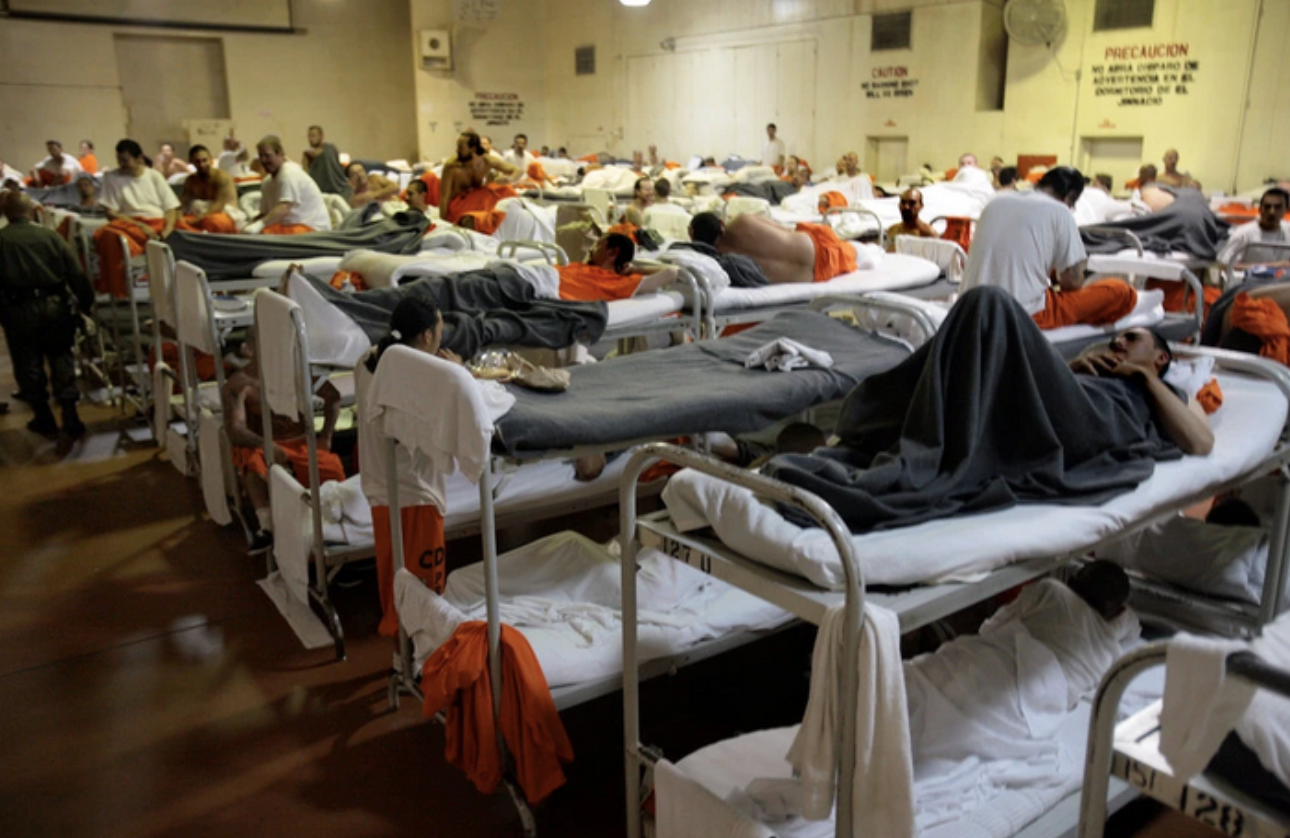County-wide Services vs Municipal Services
All 58 counties in California have vital county-wide roles serving every county resident. They serve as agents of the state in administering statewide health and social services programs such as MediCal and general assistance (welfare. They provide certain county-wide local services to all residents of a county, services like voter registration and elections, criminal justice, ) and tax collection. County Airports are examples of investments a County makes to help drive the areawide economy.
An example of how counties must do what the state says was back in 2011 when Governor Brown proposed to comply with federal directives to reduce prison overcrowding by shifting prisoners from state prisons to county jails. The intent of that proposal was to save the state money by shifting the costs to counties. This did not sit well with County Sheriffs and County Supervisors but, under the state costitution, it had to be done. Counties, being subservient to the state, have to do what the state says and swallow the costs. The Covid-19 pandemic provided another example: the Governor issued executive orders - leaving County Supervisors, County Sheriffs and County public health people to carry them out.
For unincorporated areas, counties deliver local services that would otherwise be provided by cities, such as public works (e.g. maintenance of streets and sidewalks), garbage collection and land use. Unincorporated area get their law enforcement from the County Sheriff for local policing other than traffic enforcement. The California Highway Patrol is tasked with public safety on unincorporated areas' streets and roads. County Sheriffs have to prioritize among running the jails, serving the courts and being the cops on the beat in local neighborhoods. The CHP has to prioritize among protecting the state's constitutional officers and legislators, assuring safety on freeways and state highways, and enforcing traffic safety on local and neighborhood streets. When push comes to shove for the Sheriff and the CHP, service to unincorporated areas always gets the lowest priority. The "thin blue line" of law enforcement is very, very thin in unincorporated areas.

The majority of the county-wide services are things that the public is reluctant to fund adequately, as they tend to reflect the underbelly of society (jails, criminal courts, welfare payments), unpopular services (property assessments and tax collections), and occasional or less-visible services (elections, marriage licenses). Yet the state makes counties provide services like this and, under the law, counties have no choice but to comply. where do counties get the money to pay for things the state says they must do but the public says it won't support? Our best guess is the mnoney comes from the reservoir of tax money collected from unincorporated area taxpayers that would otherwise be directed towards the delivery of municipal services. We think a dollar of local property tax money paid for municipal services in an unincorporated community returns about forty cents worth of services. Notice we said "guess". We honestly don't know the Return on Investment for our unincorporated areas' municipal tax dollars. That's because you really cannot tell from any given county budget document how much money is spent on serving a particular unincorporated area. County budget people are reluctant to provide that information because it would limit their flexibility to shuffle money around. So there's no transparency and accountability is hard to determine.
